Do You Have These Common Problems With Your Electric Winch?
Electric winches are very useful tools, but like any mechanical equipment, they can sometimes experience problems. In this blog post, we'll discuss the three most common problems people have with electric winches and provide solutions for each.
Winch self-start:
If your electric winch starts on its own without prompting, it could be due to several reasons:
Electrical fault: Check the wiring and connections to make sure everything is securely connected and there are no damaged wires. You may need to replace any damaged wires or connectors to correct the problem.
Controller Problem: The controller may malfunction and give a signal to start the winch. You may need to replace the controller to resolve the issue.
Remote control not working: If you are using a remote control to control the winch, the remote may send a signal to start the winch without your intention. Try replacing the remote or using a different control method.
Water into the winch: In outdoor environments, especially in wet or rainy conditions, the winch may be subject to water intrusion. When this happens, use a clean cloth or paper towel to gently wipe the inside and outside of the winch to remove excess moisture and moisture. Place the disassembled winch parts in a well-ventilated place, avoid direct sunlight, and let them dry naturally. If the self-starting situation still occurs after air drying, it is recommended to send the winch to a professional maintenance center or contact the manufacturer for repair.

The winch rope can only be in but not out or only out but not in:
If this happens to your electric winch, you can check these devices:
Damaged motor: The motor may malfunction and will only turn in one direction. You may need to replace the motor to fix this.
Control issue: The winch may be receiving a signal to only allow the winch line to enter or exit. Check the wired controller or wireless remote, in turn, to make sure they aren't set to allow movement in only one direction.
Worn gears: The gears may be worn or damaged, causing the winch to only turn in one direction. You may need to change gears to fix the problem.

Winch won't turn off:
When your electric winch won't turn off, troubleshoot the following three mechanisms that are most likely to solve the problem:
Control issue: The winch may not be receiving the shutdown signal. Check the controller or remote to make sure it's not stuck in the "on" position.
Wiring Problems: Check the wiring and connections to make sure everything is securely connected and there are no damaged wires. You may need to replace any damaged wires or connectors to correct the problem.
Mechanical Issues: There may be a mechanical issue preventing the winch from stopping, such as a brake not releasing properly. Inspect the mechanical components of the winch for any signs of damage or wear and replace or repair any as necessary.
To summarize, these are the three most common problems faced by electric winch users, along with some suggestions for troubleshooting and repair. If you encounter any other issues or have questions, feel free to reach out to us for assistance. And if you're ever in doubt about what to do, don't hesitate to seek advice from a qualified technician or the manufacturer. By staying on top of maintenance and being aware of potential problems, you can ensure that your electric winch operates reliably for years to come.


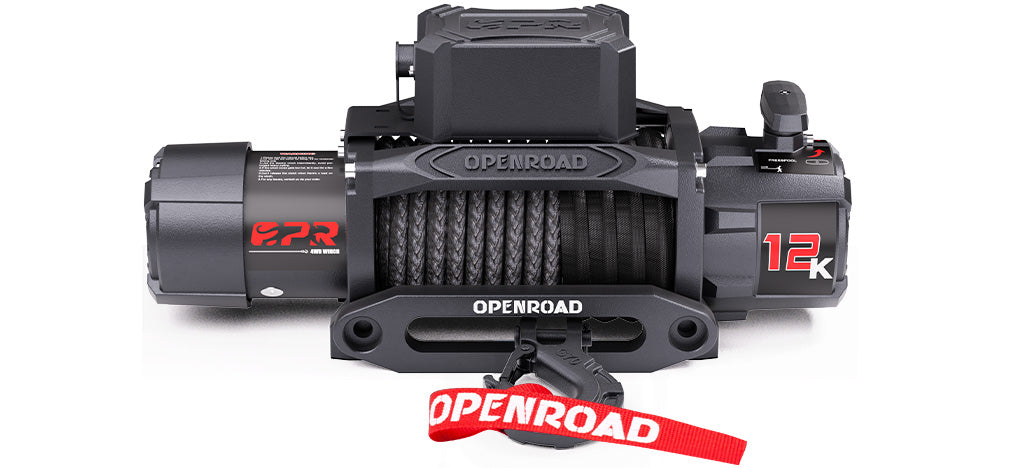
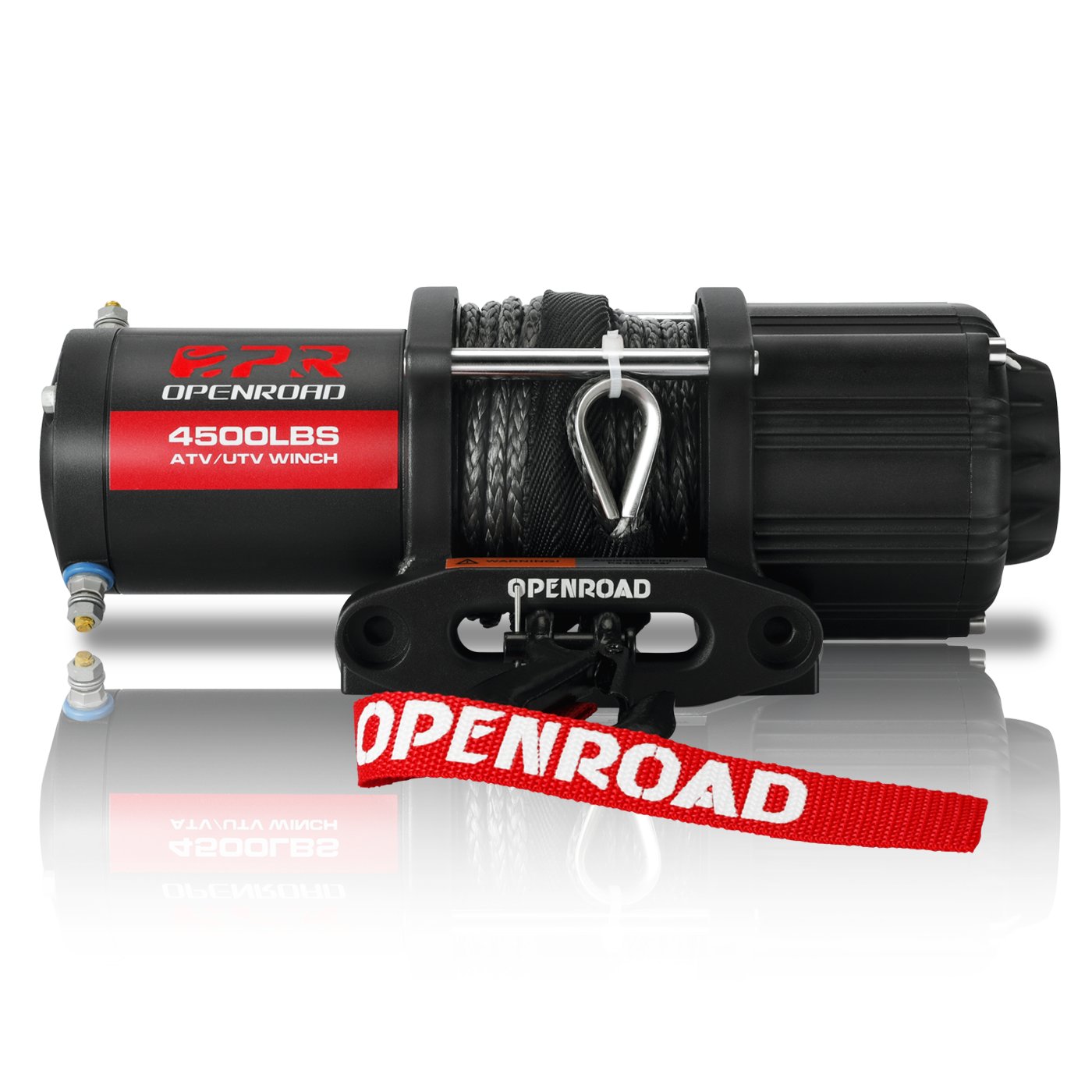
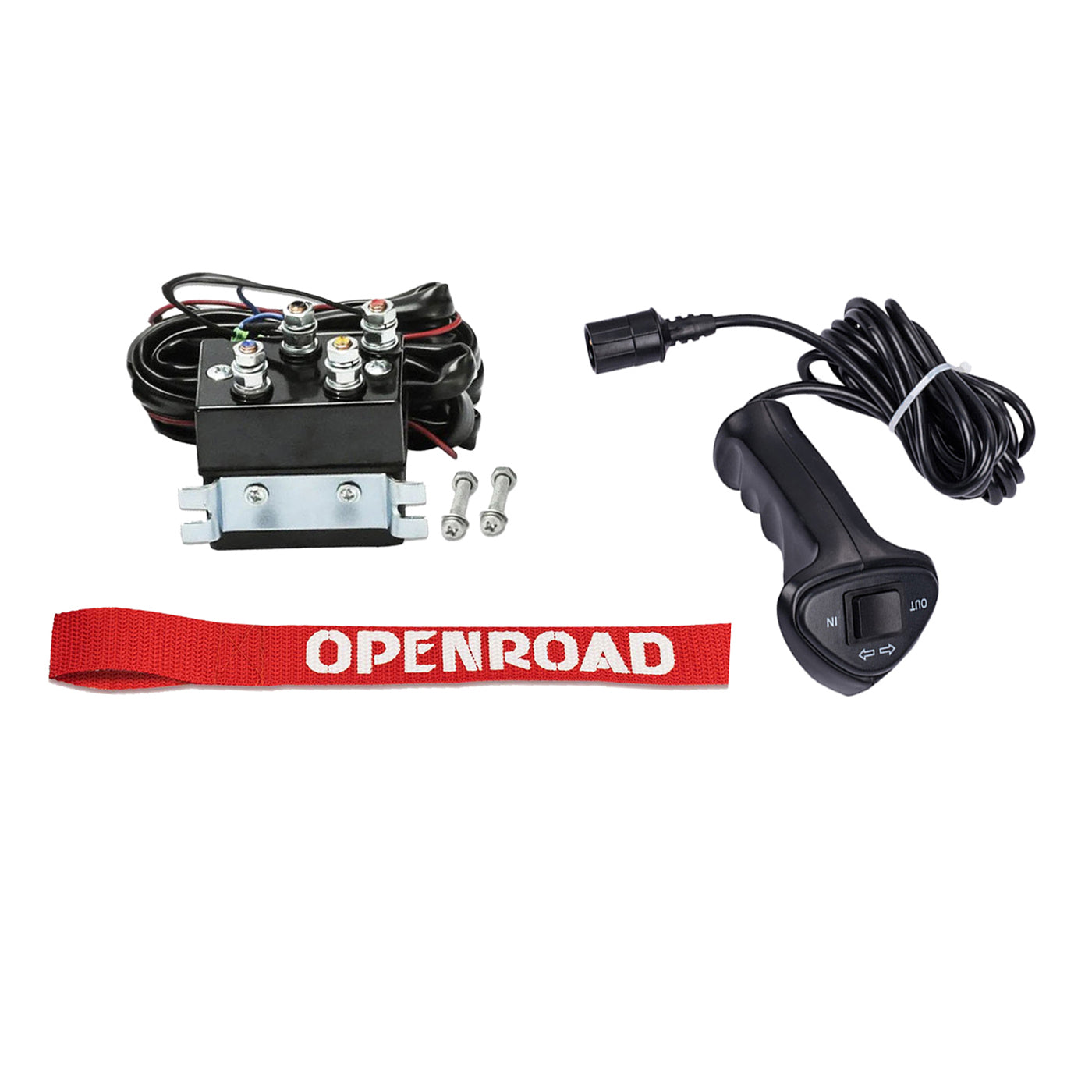




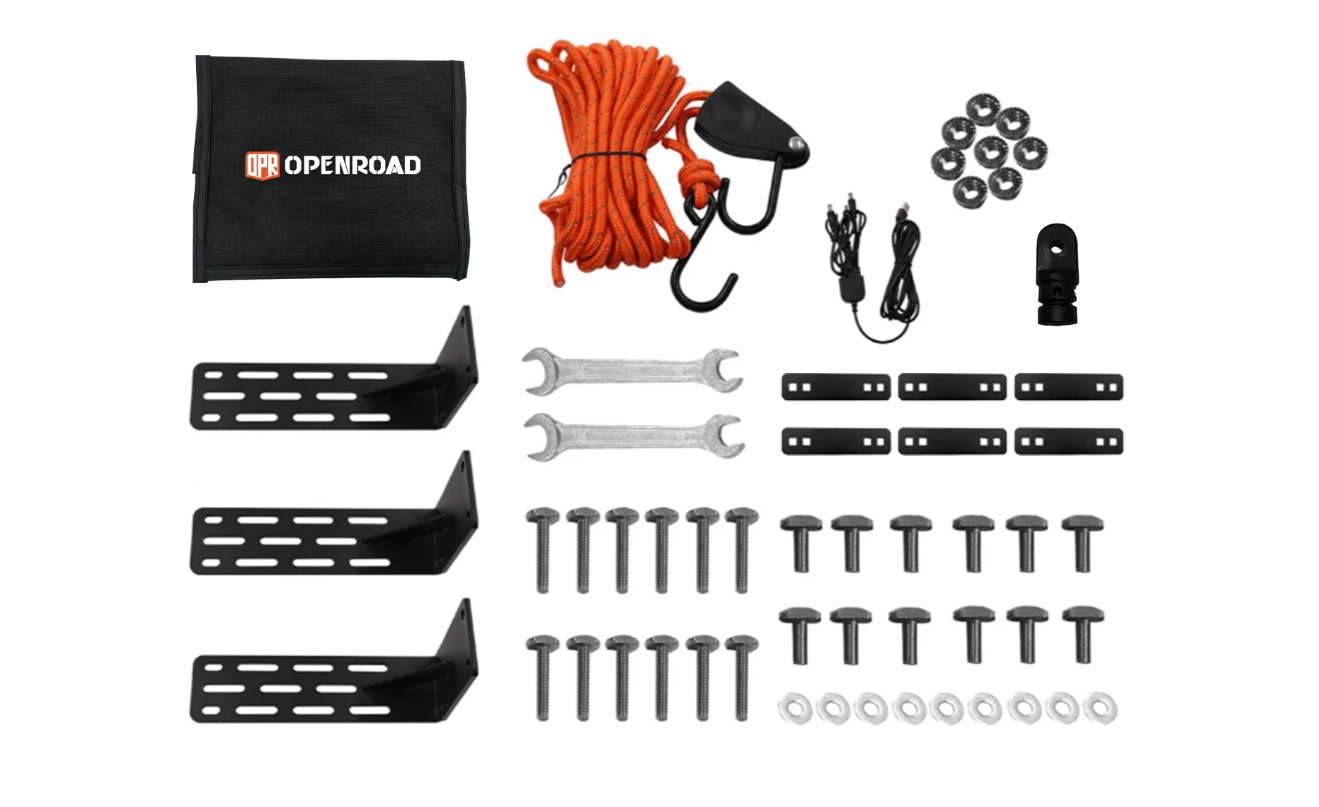

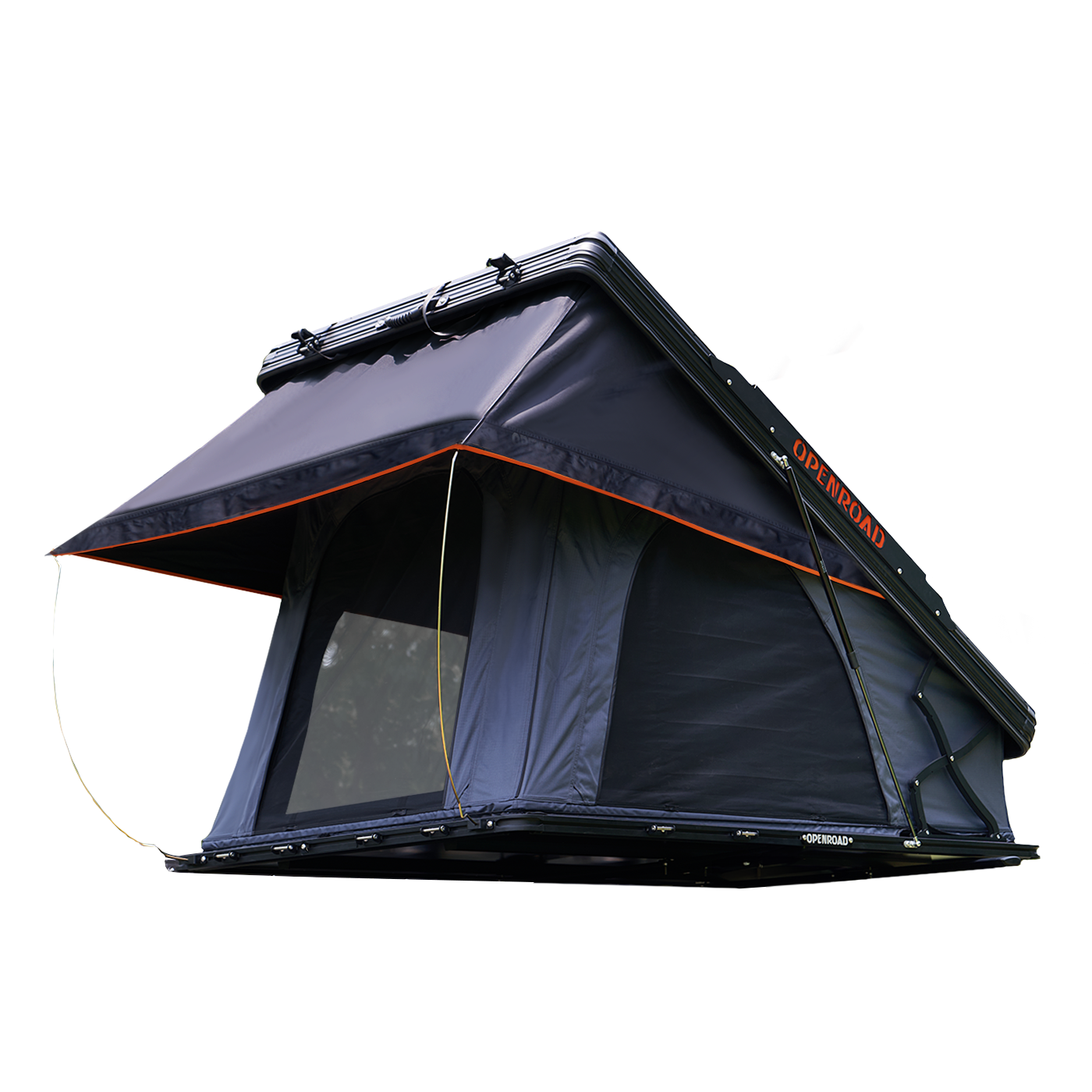


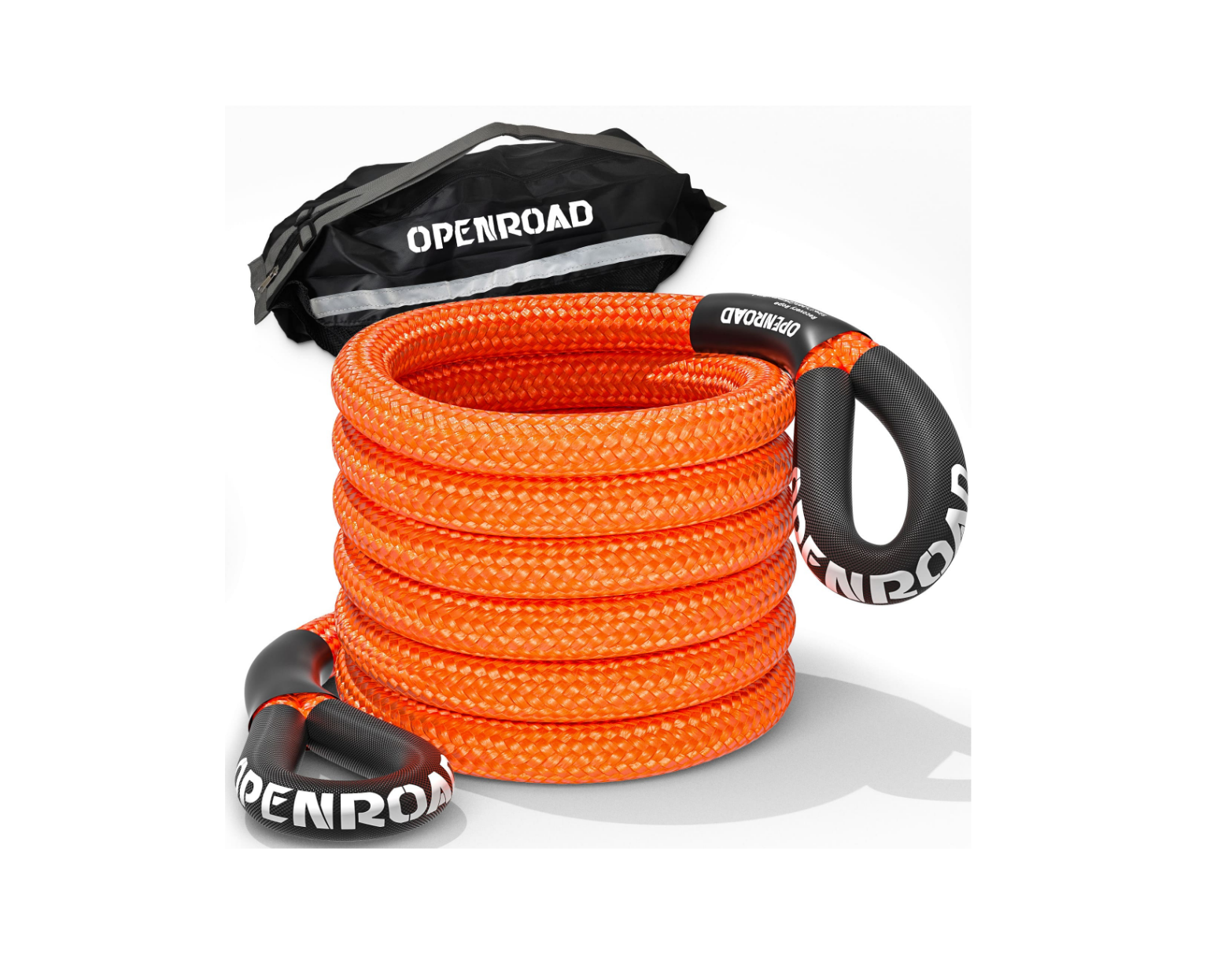
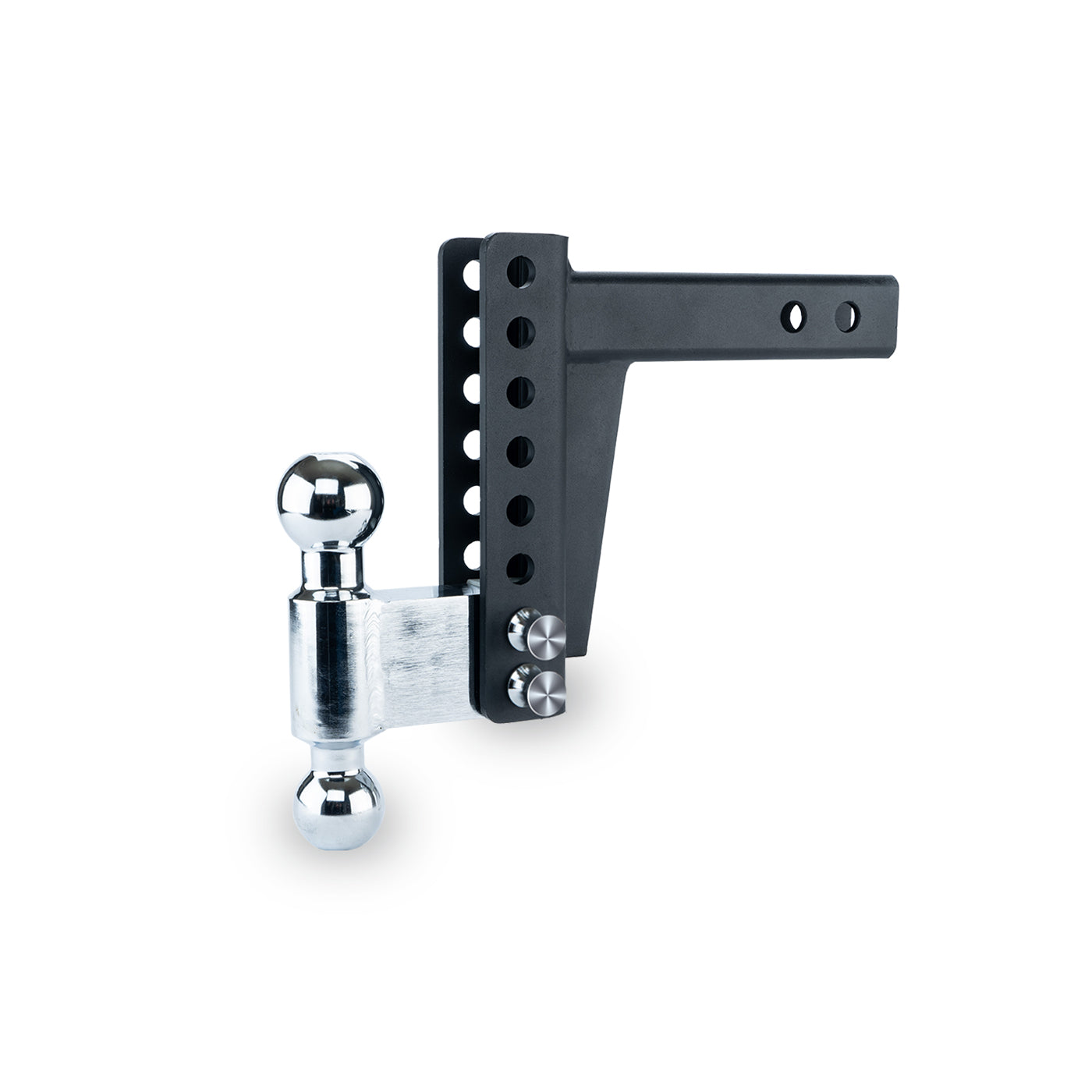
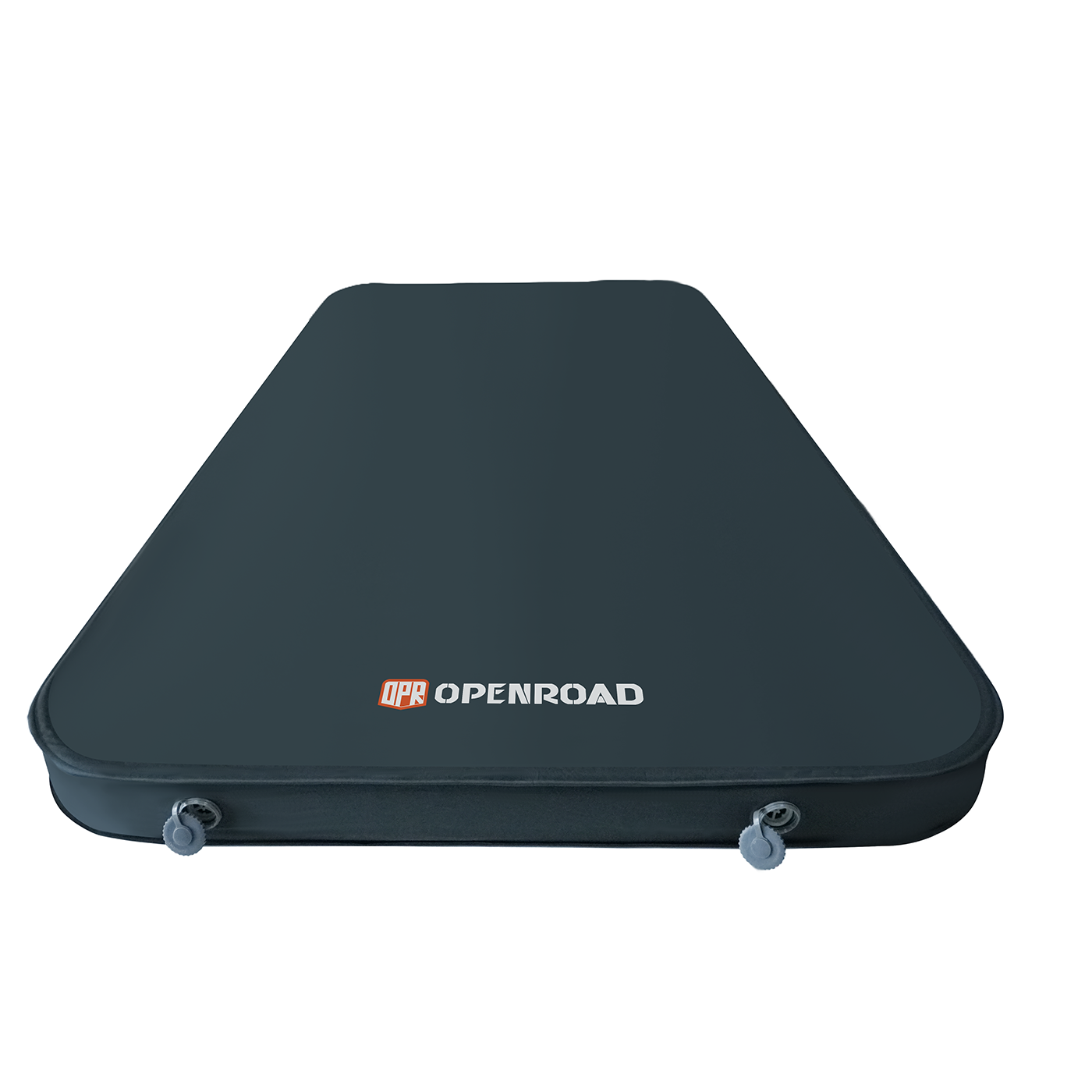






Leave a comment